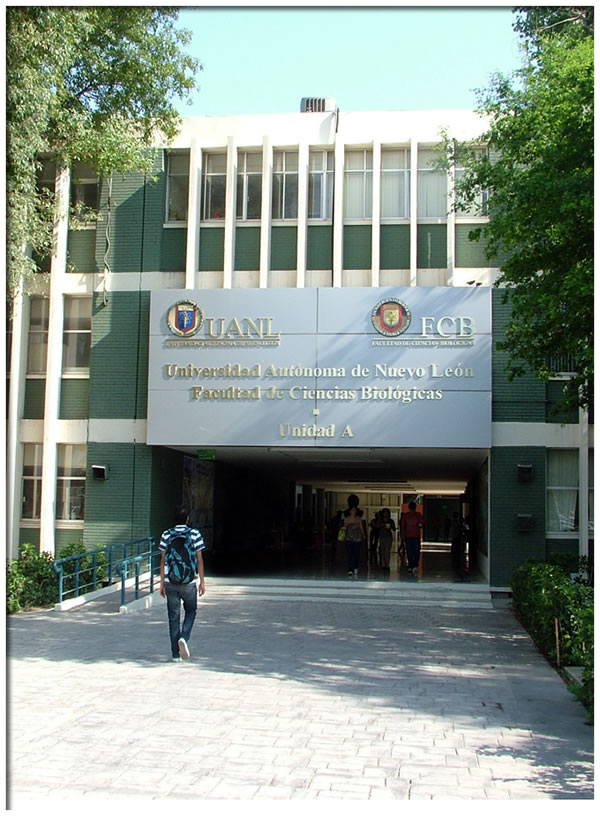About
About
Department of Foods
Dra. Ma. Guadalupe Alanis Guzmán
The ring-tailed cat is the official mascot of the College of Biological Sciences (Bassariscus astutus)

The ring-tailed cat is a procyonid mammal native to northeastern Mexico. It is a solitary, nocturnal animal. Ring-tailed cats are omnivores, feeding both on fruit and small vertebrates such as birds, rodents and reptiles. It is an extremely agile animal; ring-tailed cats are excellent climbers and their long tail helps it keep its balance when moving through narrow ridges.
For more information, please visit:
Natural Science Research Laboratory
http://www.nsrl.ttu.edu/tmot1/bassastu.htm
Finnish University and Research Network
http://www.funet.fi/pub/sci/bio/life/mammalia/carnivora/procyonidae/bassariscus/
Pima Community Collage Desert Ecology of Tucson, AZ
http://wc.pima.edu/~bfiero/tucsonecol109/animals/mamm_ring.htm
Mission
Train profesionals with academic and scientific excellence in the Biological Sciences that can answer with efficiency and ethics to society’s demands.
Vision
In 2020, the College of Biological Sciences will be recognized as the best higher education institution in the field of biological sciences, with the highest international prestige.
The College of Biological Sciences was founded by Dr. Eduardo Aguirre Pequeño on September 19, 1952 under the aegis of the Institute of Scientific Research of the College of Philosophy, Sciences and Letters of the Universidad Autónoma de Nuevo Leon.
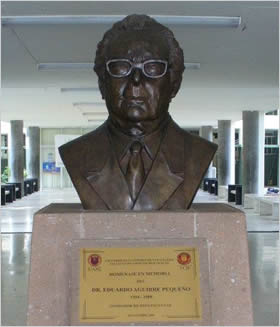
In September 1952, the first generation of students registered for the teacher's degree of Biological Sciences and Research, with a curriculum that covered four years and a total of 32 theoretical and practical courses. In 1957 the program was modified, and the name of the degree was changed to “Biologist” . In 1965, the curriculum for Bacteriological Parasitological Chemistry was created, which was modified in 1968 to establish the program of Bacteriological Parasitological Chemistry.
The first degree examination was sustained in December 1957 by Raul Garza Chapa. The first three classes consisted of five graduates each. It currently has a population of more than 1,300 undergraduate students.
The College of Biological Sciences, now 61 years old, offers four undergraduate programs: Biology, Bacteriological Parasitological Chemist, Food Science, which was approved by the University Council on September 4, 1997, and the Genomic Biotechnology.
The graduate program begins in 1975, when the college started offering two graduate courses as an opton for obtaining a the bachelor's degree. In 1977, the Master's program in biological sciences was inaugurated, offering two focus: experimental biology and food science.
In 1982, the graduate program was further defined by offering a Master of Science degree with 12 foci. By 1985, the doctoral program was stablished, offering foci in Aquatic Ecology and Fisheries and Microbiology. In 1986, the master's program on medical entomology was created; the following year, the doctoral program in food science was approved. Since 1992, the college offers a doctoral program in biotechnology, and in 1994, the doctoral program in biological sciences was implemented.
Today, more than eighty percent of the faculty has a Masters Degree. Some of the faculty members are part of the National System of Researchers .
Historical and Current Location of the College of Biological Sciences
The College of Biological Sciences has occupied several buildings throughout its history.
From 1952 to 1956 it was located in the building now occupied by the High School No. 2 of the UANL. Subsequently, it held a building ( now demolished) on Hidalgo Street, between Aldama and Rayón. From 1959 to 1962, the College occupied a building on the corner of Padre Mier and Rayón, and later then moved to Matamoros street, where it was situated from 1963 to 1968. The College of Biological Sciences is located at Ciudad Universitaria campus since 1968.
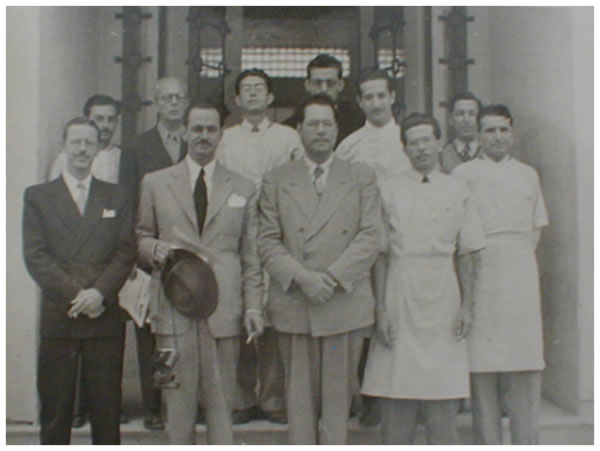
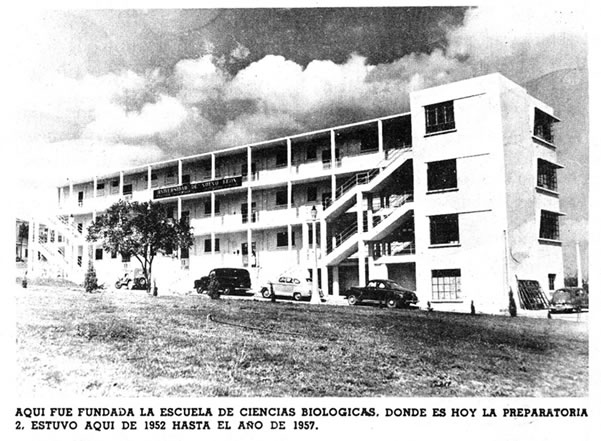
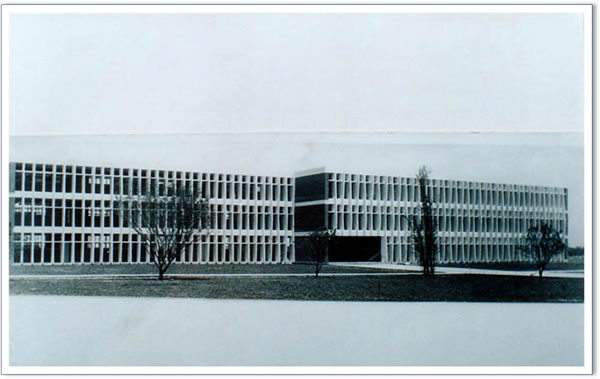
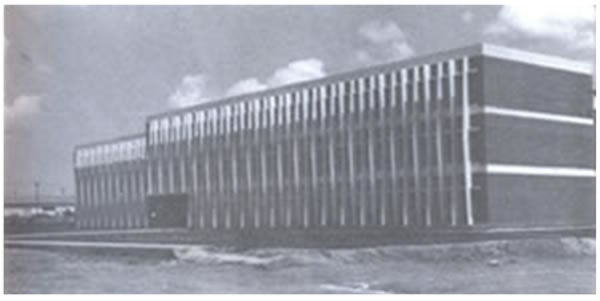
In 1997, the college began the process of international accreditation. Therefore, the curricula are modified according to the guidelines of the Texas International Educational Consortium ( TIEC ), a model with nine semesters and an average of 40 to 45 subjects. In 1999 the curricula undergoes further modifications to include material from the UANL's General Studies Program.
